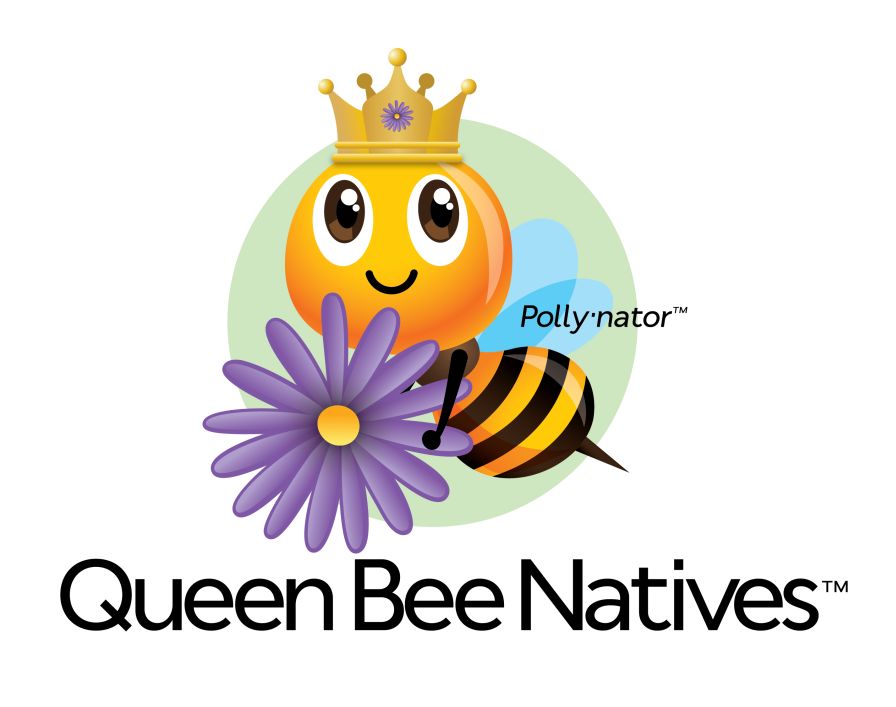Seeley Conference Reflection
The latest Seeley Conference at Cornell University offered dozens of takeaways on consumers. The one that stands out most, though, is arguably the simplest, yet it serves as a great reminder of the strides we need to make in positioning our products to consumers. The takeaway: People afford what they want.
Just think about that notion and try to apply it to our products. Are we truly wanted? Sure, we heard how consumers stayed home during the recession and kept a closer eye on their spending. But we’re a spending nation – one that’s deeply in debt because of it – and one that’s more than willing to hand over $500 for the latest iPad, $400 for an Xbox 360 and hundreds of dollars for the brand-new smartphone.
Do we need these things? Once we’ve introduced them into our lives, many of us would argue we couldn’t possibly live without them. Can we say the same of plants?
The answer, quite frankly, is no. As much as we love our products, we have to face the facts: Consumers aren’t knocking down doors to purchase their fall mums like they are to get their hands on Apple’s next gadget. And they’re not setting up camp for days on end to get the freshest spring annuals like they are to see the latest Harry Potter film.
Again, are we truly wanted? We know the benefits of plants. We even went through the list at Seeley, discussing the economic, ecosystems services and health and well-being benefits of plants. We’ve heard all the benefits before, yet consumers are still blind to our products?
Curing Plant Blindness
The starting point to reaching consumers is curing them of plant blindness, another concept tossed around at Seeley that even we experience at times. Some gardens, of course, are so elaborate that they’re impossible to ignore. But think about the more subtle role plants play in our lives – in our homes, offices and neighborhoods – and how often we forget they’re there. As I write this column at my desk, in fact, I’m merely two feet away from a three-stemmed orchid whose beauty I know I take for granted.
Fortunately, we can easily overcome plant blindness because our livelihood is plants. But consumers are a different beast. It seems nearly everyone in greenhouse floriculture approaches consumer plant blindness as a problem somebody else should solve for them. Likewise, a number of people seem to think there’s one silver bullet – perhaps something we’ve simply overlooked all these years – to solve the plant blindness problem.
This simply isn’t the case. Based on the discussions at Seeley, it’s clear plant blindness is a problem for all of us and one on which all growers must act to find solutions.
I can’t tell you how many times I’ve heard the sentiment: “I know the value of plants; why doesn’t everybody else?” The truth is you have to show everybody else the value you see. You have to be a leader in your community and make sure beautiful plantings are visible. You have to open your greenhouse doors to the public and share your story with it. Tell people why you love plants and show them what they’re missing.
If you don’t take that action, no one is going to do it for you. And we’ll be having the same conversation as this one just a few years from now.









